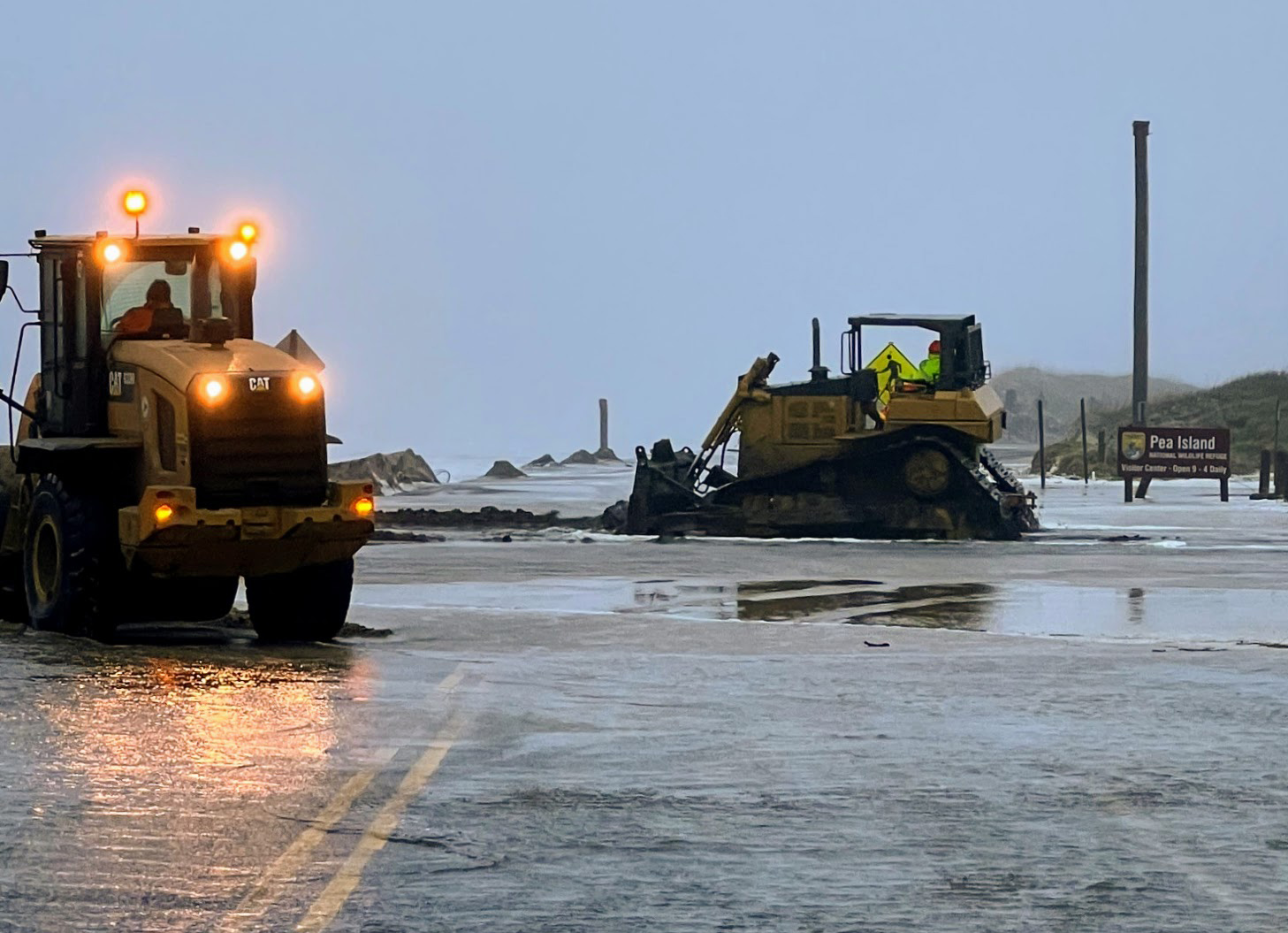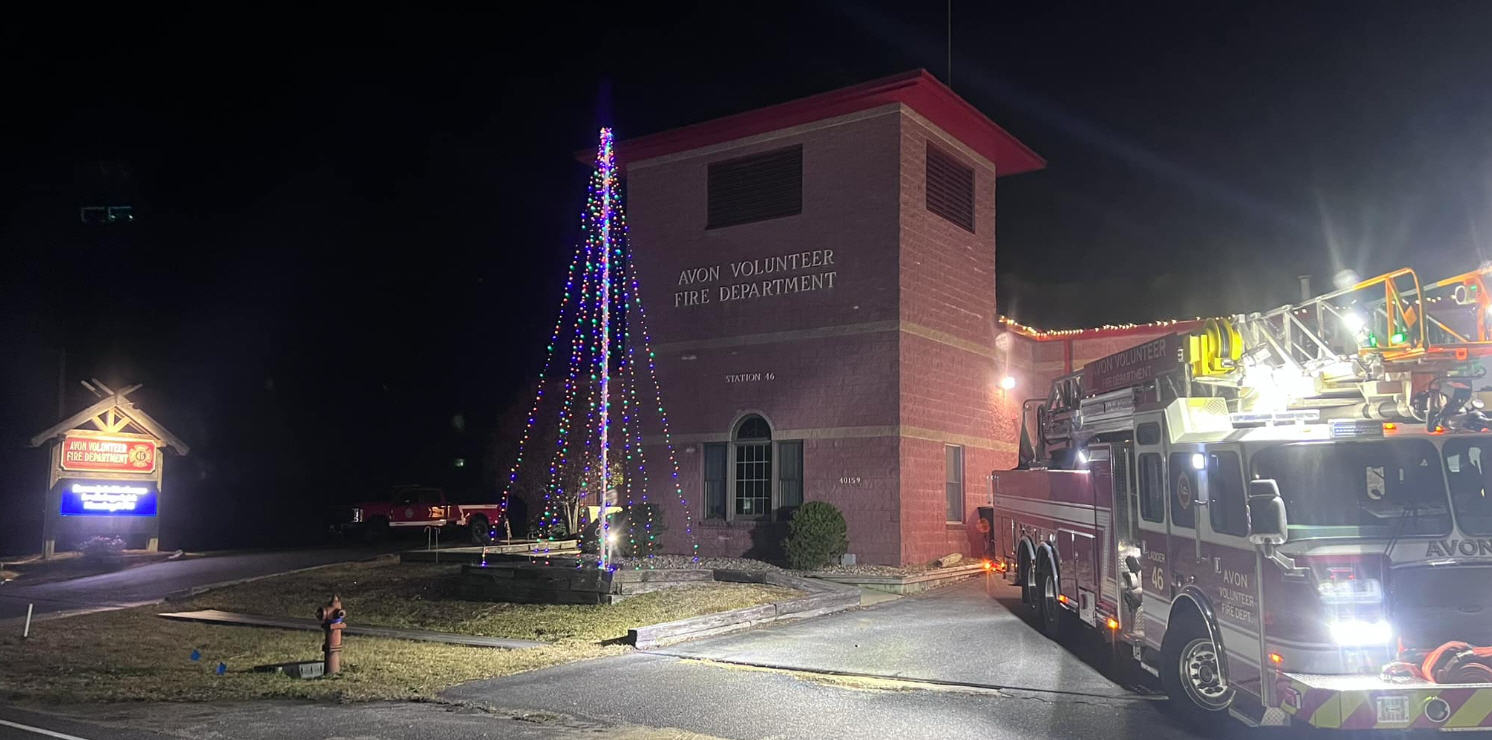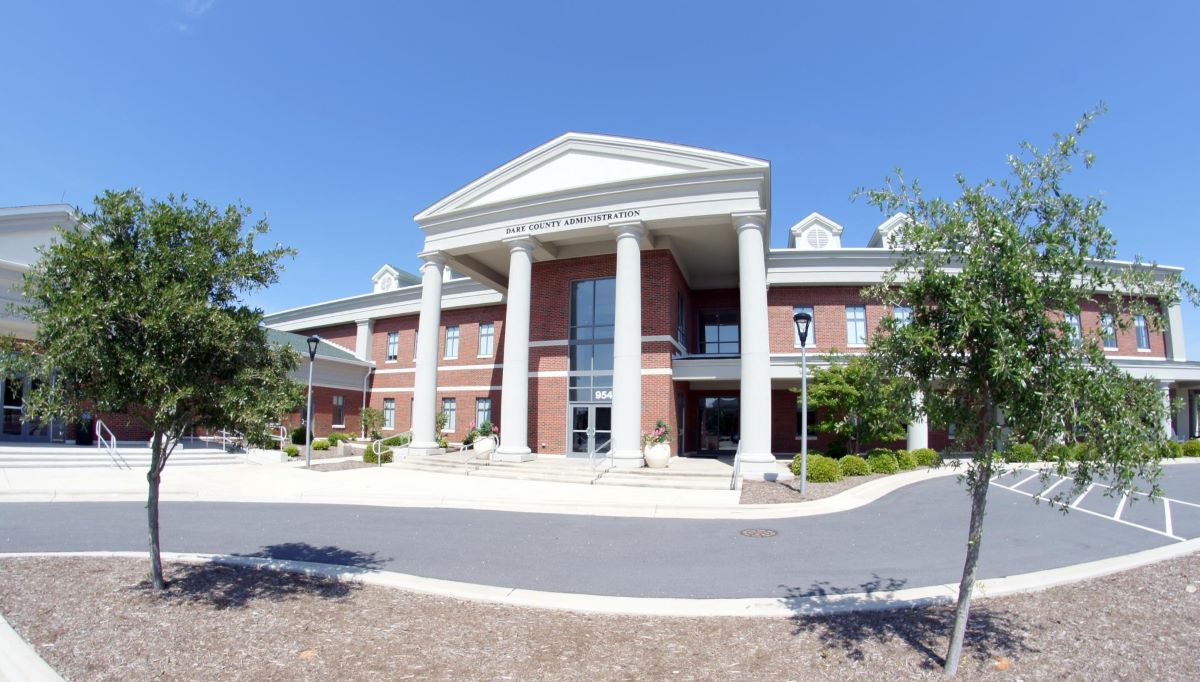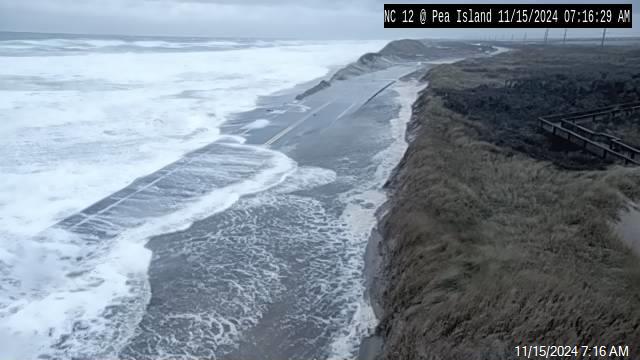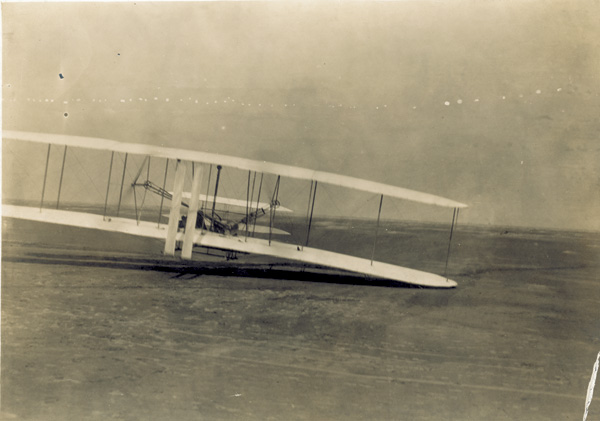Christina Koch Describes View of NC Coast
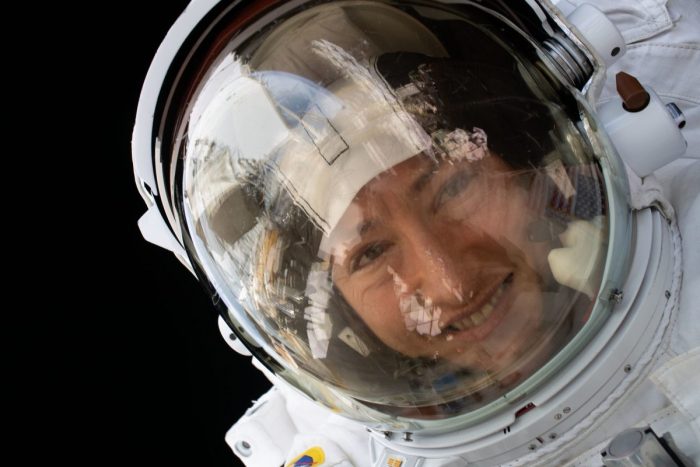
That first pass more than 200 miles above her home state seared into her memory.
It’s a mental snapshot astronaut Christina Koch fondly recalls, relishing in intricate detail North Carolina’s distinctive geographical features seen from the “Window of the World.”
Looking down from space, tracing the state’s coastline hallmarks like New River Inlet and Cape Lookout, the Interstate 40 line slicing through the state from Wilmington to the mountains – that is among Koch’s most memorable moments during her 11 months aboard the International Space Station.
“I was lucky because I did get to see the North Carolina coastline. It is such a distinctive picture,” Koch said during a recent telephone interview from her home in Galveston, Texas.
She was able to get in a quick, weekend trip to Durham to meet up with family from all over shortly before the COVID-19 pandemic seized the country.
That’s the closest she’s been to her hometown of Jacksonville since returning Feb. 6 to Earth, where she now holds the record for the longest single spaceflight by a woman: 328 days.
When she and two other astronauts landed in a remote town in Kazakhstan, Koch had already made history when in October of last year when she took part in the first three all-female spacewalks for a combined 42 hours and 15 minutes.
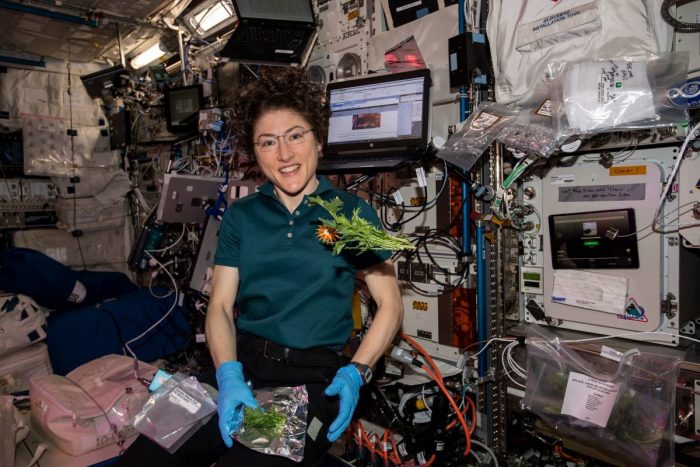
Koch’s life aboard the space station was spent conducting research and experiments in biology, physical sciences, technology development and Earth science, along with daily physical workouts.
Some of the science experiments on which she focused in the orbiting lab included studying the effects of microgravity on Mizuna mustard greens, combustion, bioprinting and kidney diseases.
The space station travels at a speed of 17,500 mph, making one full orbit around Earth every 1½ hours, according to NASA.
For Koch, that translated to 5,248 orbits of the Earth and 139 million miles.
She visited the seven-windowed Cupola, where astronauts make observations, including unexpected weather events, that do not get picked up by robotic sensing platforms.
“We do see a lot of human influence on Earth,” such as haze and runoff into rivers, Koch said.
Whether astronauts aboard the space station may be seeing a change in human influence on the environment since pandemic-related shutdowns have occurred, Koch said she does not know.
The space station is equipped with numerous instruments that study the Earth, and Koch said she has no doubt those studies are looking at the effects stay-at-home orders are having on the planet.
There was just enough time between her return to Earth and when shutdowns ensued for researchers to complete a host of medical tests on Koch to evaluate the effects of long-duration spaceflight on a woman.
Koch’s body had to readjust to gravity. She walked a bit wobbly. Her head slightly bobbled like that of a baby.
“There’s a period where you feel pretty tipsy,” she said. “Our bodies adjust to what their normal is. When you float around you don’t move in a fast way.”
The 41-year-old said she’s been fortunate because she’s had no adverse medical effects.
In fact, she said, she is even more fit in some ways now than before she launched March 14, 2019.
“We actually work out on the space station for two hours every day,” she said.
She’s actually gained muscle, a testament to what the human body can endure is space.
Those tests will help NASA as it plans for the Artemis program to send the first woman and the next man to the moon by 2024 and, eventually, to Mars.
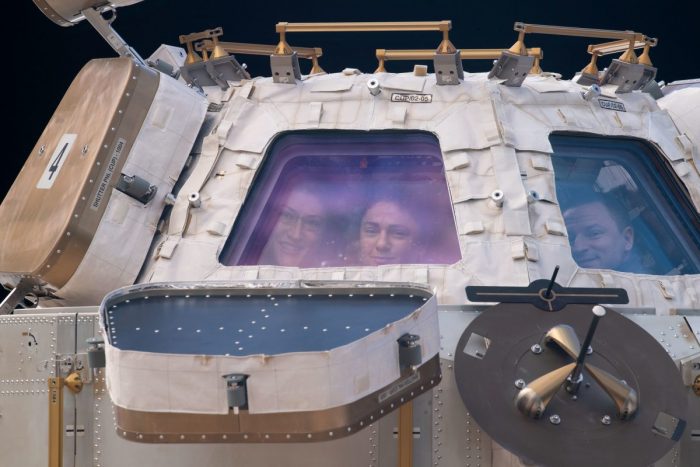
Koch attended White Oak High School in Jacksonville before being accepted to the North Carolina School of Science and Mathematics in Durham.
She earned a Bachelor of Science in electrical engineering and physics and a Master of Science in electrical engineering at North Carolina State University in Raleigh.
Before she was selected as an astronaut in 2013, Koch was a research associate in the U.S. Antarctic Program, a field engineer at the National Oceanic and Atmospheric Administration’s Global Monitoring Division Baseline Observatory in Barrow, Alaska, and station chief of the American Samoa Observatory on Tutuila Island in the South Pacific.
Koch’s current mission – outreach – is one she can do from the comforts of her home.
She’s “focusing on the positives,” taking each day at a time in this age of a pandemic where there, like space exploration, is still much to be learned.
During her record-setting mission, Christina Koch spent many of her hours on science activities aboard the space station and wore many hats: farmer, biologist, physicist, engineer, test subject and more. Video: NASA


